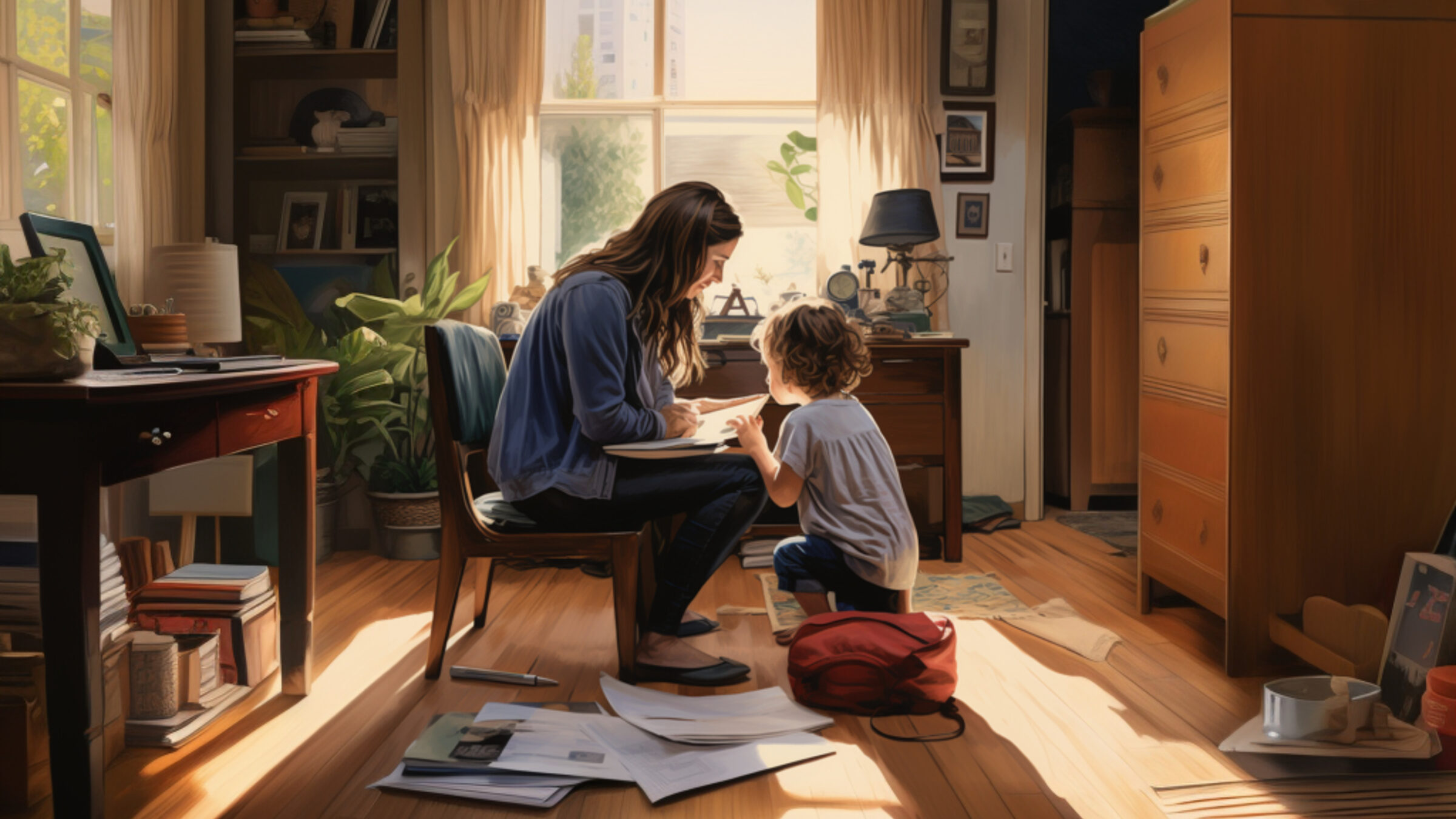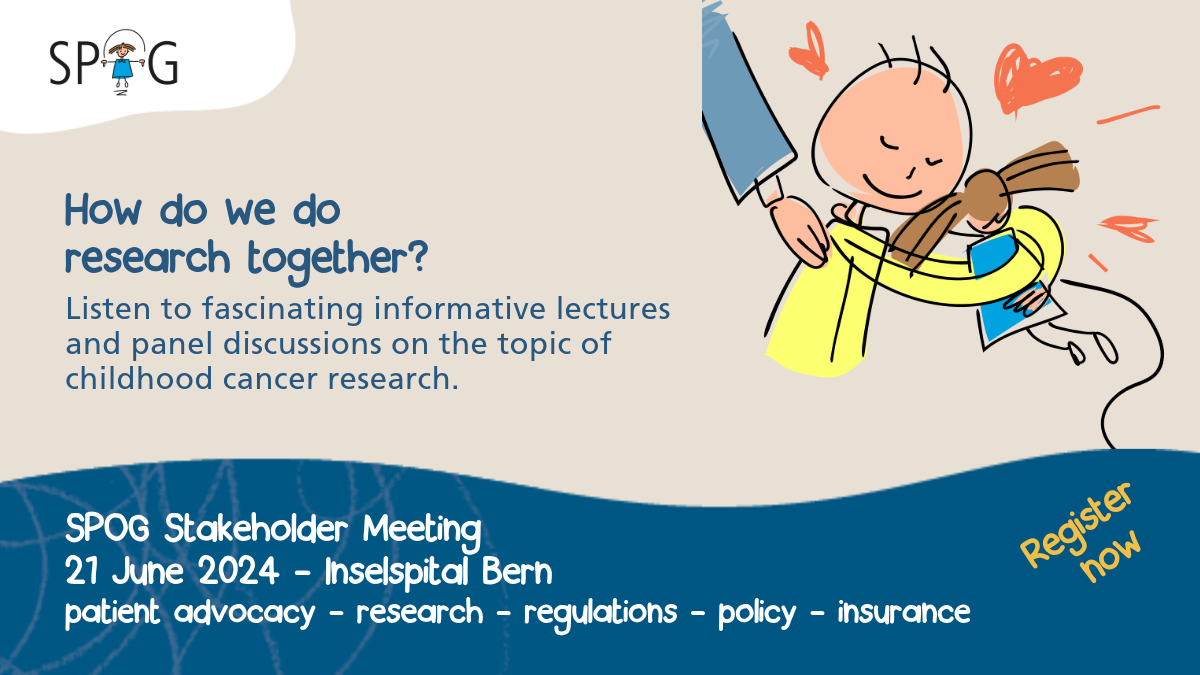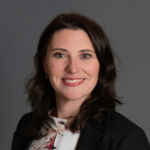Tim: A two-year-old with neuroblastoma

Nadine has barely slept since the appointment two weeks ago. She’s tired, headachy and constantly on the verge of tears. But she grits her teeth and gently strokes her crying son Tim’s* hair to comfort him. The two-year-old has had bad stomach pain for weeks. It’s even worse for Nadine now that she knows it’s a tumour in his abdomen that’s causing his suffering. At first she thought nothing of it. The formerly active little boy was suddenly tired a lot and didn’t want to play with his big sister. He barely wanted to eat. Then he started having stomach pain and Nadine made an appointment for a check-up.
She had a bad feeling all the while they were travelling to the children’s hospital. The feeling got worse and worse while they were sitting in the doctor’s office, and she was stunned by the terrible diagnosis when it came. Tim has a neuroblastoma. A tumour is growing in his abdomen and it has already spread to other parts of his body. It’s not clear whether Tim will survive.
Nadine immediately agreed to Tim taking part in a study, the results of which are intended to improve the treatment of Tim and other children with high-risk neuroblastoma and consequently to increase their chances of survival.
Neuroblastoma is a rare and aggressive form of cancer that usually occurs in young children under the age of six. The Swiss Paediatric Oncology Group SPOG is giving these children access to the HR-NBL2/SIOPEN study. The aim is to define the best therapy for improving the chances of a cure in children with high-risk neuroblastoma. For this purpose, the study is comparing two treatments in each case to find out which is the most effective and best tolerated.
Nadine now has a big file full of information and instructions at home. She can see it out of the corner of her eye, and the very thought of everything she needs to do makes her head spin. She feels well-informed and trusts the doctor. But how on earth is she going to manage everything? How can she organise everything and at the same time find enough time for Ilenia, Tim’s older sister, and comfort the little boy who doesn’t understand what’s happening to him?
Tim’s story illustrates the emotional and organisational challenges that many children and adolescents with cancer and their families face on a daily basis. Support the clinical research into childhood cancer carried out by SPOG now to ensure the continuation of studies to improve the quality of life of children and adolescents with cancer.
Help to give a hopeful future to children and adolescents with cancer.
If you have any questions, the best person to contact is always your paediatrician and/or the specialists treating your child.
* Tim is an imaginary person who represents all children and adolescents battling cancer.




